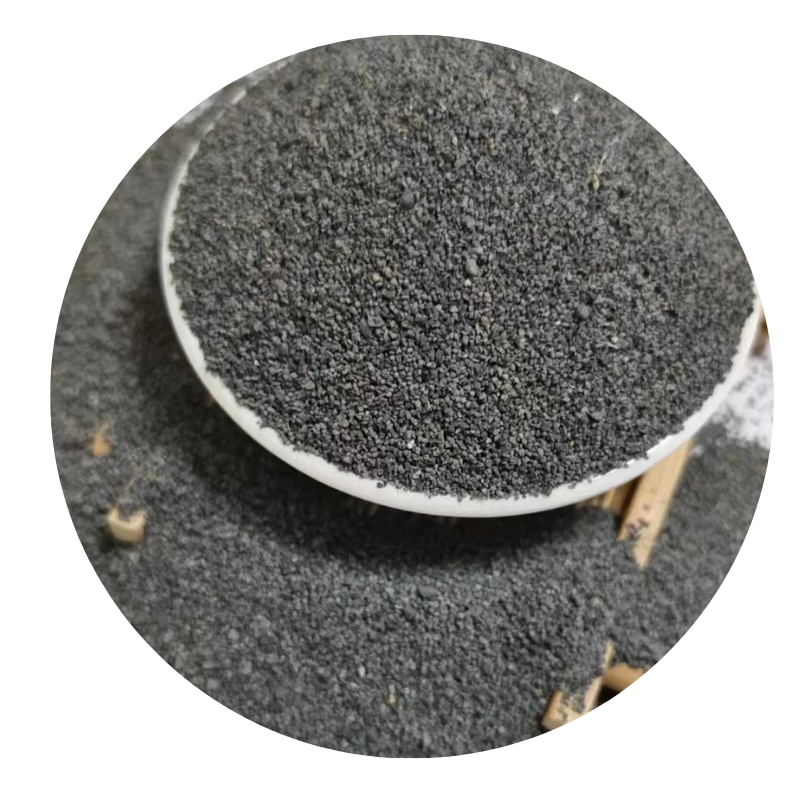
Exploring Byproducts of Fly Ash Utilization in Sustainable Construction and Industry Applications
The By-Products of Fly Ash A Comprehensive Overview
Fly ash, a by-product from the combustion of pulverized coal in power plants, has emerged as a significant material in various industries due to its unique properties and benefits. Understanding the by-products generated from fly ash is crucial for harnessing its potential, optimizing its use, and advancing environmental sustainability.
Composition and Properties of Fly Ash
Fly ash is composed of fine particles that are carried away from the combustion chamber by flue gases. The primary components of fly ash include silica, alumina, and iron oxide, making it a pozzolanic material. When mixed with water and lime, fly ash can react chemically to form compounds with cement-like properties, thus enhancing the strength and durability of concrete. These characteristics make fly ash an attractive alternative to traditional cement, promoting not only resource efficiency but also cost savings in construction projects.
Environmental Benefits
The utilization of fly ash as a by-product serves multiple environmental benefits. By repurposing fly ash, industries can reduce pollution associated with coal combustion while simultaneously minimizing landfill usage. This contributes to lower greenhouse gas emissions as the production of cement is energy-intensive and involves significant carbon dioxide emissions. Moreover, recycling fly ash helps in conserving natural resources by reducing the demand for virgin raw materials needed for cement and aggregate production.
Applications Across Industries
fly ash by product

Fly ash's versatility allows it to be utilized across various sectors. In the construction industry, it is predominantly used as a supplementary cementitious material (SCM) in concrete production. Its incorporation can improve workability, reduce water demand, and enhance durability. In addition to concrete, fly ash is also used in the manufacturing of concrete blocks, paving materials, and bricks, promoting sustainability in building materials.
Beyond construction, fly ash finds utility in the agricultural sector. It acts as a soil amendment, providing essential nutrients and improving soil structure. This utilization helps in enhancing crop yield and promoting sustainable agricultural practices. Furthermore, fly ash can be employed in the production of lightweight aggregate, which is used in lightweight concrete and other materials, thereby optimizing weight and reducing transportation costs.
Challenges and Considerations
Despite its benefits, the use of fly ash is not without challenges. Concerns regarding the presence of heavy metals and other harmful compounds in fly ash necessitate thorough assessment and regulation. Proper testing and monitoring are essential to ensure its safe use, particularly in public infrastructure and agricultural applications. The variability in composition from different coal sources also poses challenges in standardizing its use across various applications.
Conclusion
As industries continue to explore sustainable practices, fly ash stands out as a valuable by-product with significant potential. Its multifaceted applications, environmental benefits, and material properties illustrate its importance in promoting sustainability across various sectors. However, addressing the challenges associated with its use through rigorous testing and regulation will be key to unlocking its full potential. As we advance towards a greener future, optimizing the utilization of fly ash can play a crucial role in reducing waste, conserving resources, and fostering innovation in material science.
Share
-
Fly Ash Solutions Enhanced by GPT-4 Turbo | Sustainable InnovationNewsAug.01,2025
-
Natural Premium Bentonite Cat Litter - Superior ClumpingNewsJul.31,2025
-
Premium Resin Coated Sand - High Heat Resistance CastingNewsJul.31,2025
-
High Quality Silicon Carbide Grit for Abrasive ApplicationsNewsJul.30,2025
-
High-Quality Ceramsite for Plants & Gardening | Lightweight PebblesNewsJul.29,2025
-
Premium Burgundy Glass Marbles for Vases & Shooter GamesNewsJul.29,2025






